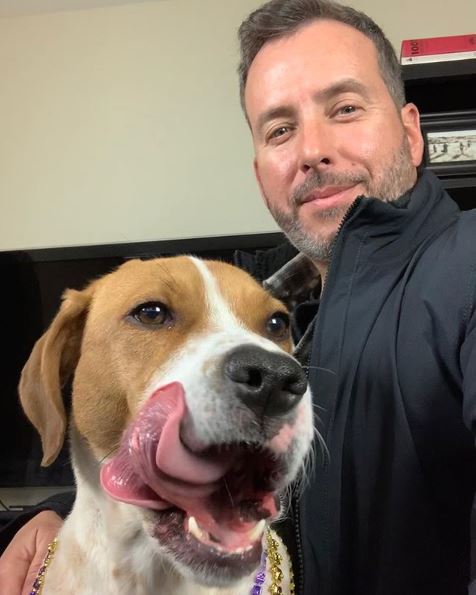This post comes from an interview I did for The Economist for their Executive Education series. When you think about brand identity, what most frequently comes to mind will be a company logo, overall business reputation, and the products associated with a business. Yet one of the most important brands you can focus on to support your company and your career is yourself.
Ultimately, people want to do business with people. With today’s plethora of digital communication and social media platforms, it’s easier and more impactful than ever before for an individual leader to publicly define and communicate their personal brand. The main challenge for many leaders is defining what their personal brand is and communicating it in an authentic and consistent way.
Personal brand is more than your digital presence
“Personal brand is commonly mistaken as the direct equivalent of what your social media and digital presence is. But it goes far beyond that,” says Craig Fisher, Head of Employer Brand at software giant CA Technologies and CEO of TalentNet LLC, a social business strategy firm. Personal brand is not just about self-promotion or being visible online, Fisher explains, “it’s identifying who you are as a leader, how you treat people, how you want to be known – in and out of the office.”
In this way, personal branding is closely connected to principles and processes of using effective storytelling to become a better leader. “For many leaders, when they really look back at their personal history, it turns out that every single thing they’ve done since high school has, in some way, led them to where they are now,” says Fisher. Crafting and communicating that story in an open and transparent way is the foundation of your personal brand.
Three tips for communicating your personal brand
Once you’ve taken the essential first step of identifying the common threads and underlying themes of your leadership career, it’s time to communicate that story. Fisher offers up three pieces of advice for anyone aiming to strengthen their personal brand.
1. Practice with a person you trust
Work with someone who sees you from an outside perspective, and talk to them about yourself as if you were talking to a good friend. Note the way you speak in the first person, in a way that’s direct and less formal than you might typically use with colleagues in the workplace. Try to incorporate that style and tone into all your communications, both in person and online.
2. Pick your platform
When you’re taking your personal brand public, you don’t have to be everywhere. Choose a medium that you yourself feel comfortable with. If you’re a visual communicator or want to transcend language barriers, use photography – like Facebook COO Sheryl Sandberg, who uses Instagram to support businesswomen. For great writers, text-based platforms like personal blogs or Twitter might be the right place to publish.
3. Balance intimacy and privacy
Part of creating an authentic personal brand often means giving the public a glimpse into your personal life. This can seem scary at times, but it’s possible to do both effectively and safely. Fisher suggests, for example, that you can tell a story about your family life while still protecting your privacy – by referring to your kids by numbers rather than names.
Your clear and authentic personal brand and leadership narrative will come in handy in the next time you meet with your board, recruit business partners, or go looking for a new job. The story is what people will remember, so put in the necessary effort to make it a great one.
About the author:
Laura Montgomery is a higher-education expert who blogs for The Economist Careers Network.











